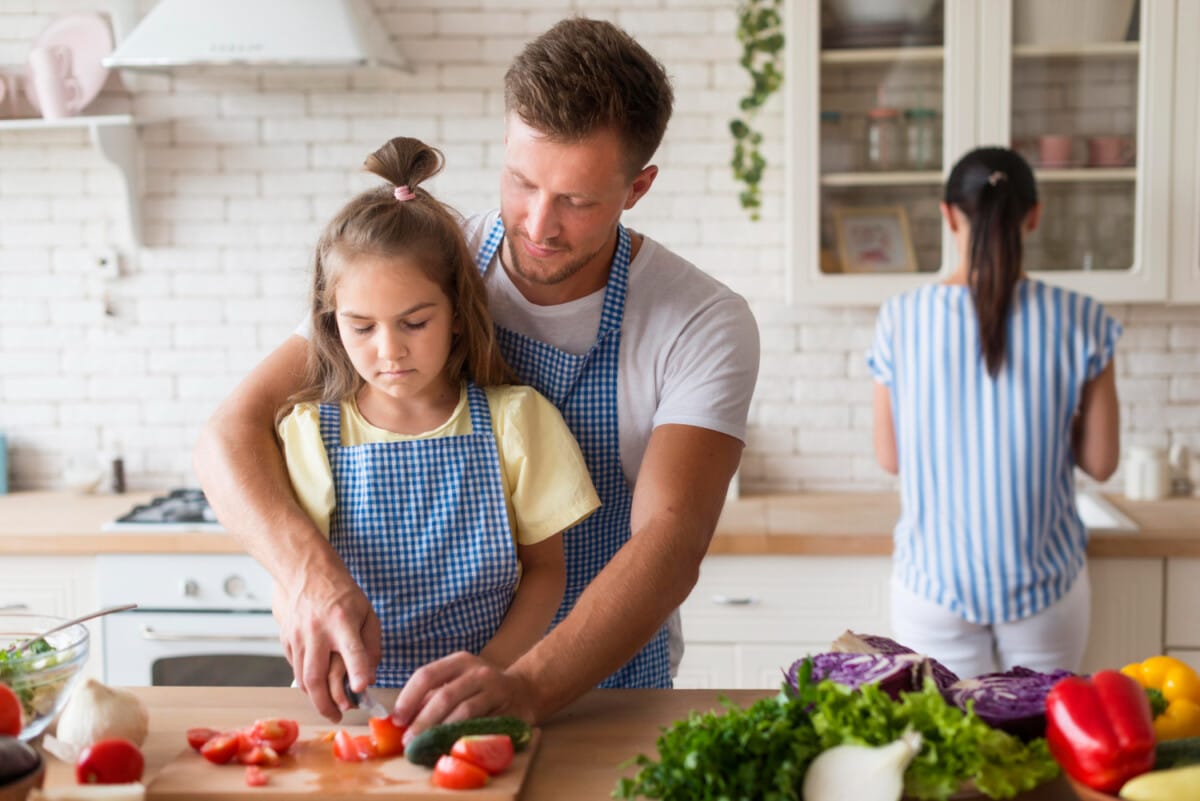From grocery lists to dinner conversations, food is everywhere
Food and cooking aren’t just things students read about in class—they’re part of their everyday lives. Whether your students are preparing meals at home, browsing a grocery store, chatting with coworkers about lunch, or reading a menu at a restaurant, they need language to navigate the world of food confidently. That’s why food and cooking is such a high-impact topic to bring into your classroom.
It’s incredibly relatable. Everyone eats, everyone shops for food, and most people have some kind of cooking experience—whether they’re baking bread, microwaving leftovers, or following a family recipe. That built-in familiarity makes students more eager to participate and more comfortable using new vocabulary and grammar structures in conversation.
Beyond the basics, this topic is also deeply cultural. Talking about food naturally leads to discussions about traditions, celebrations, and personal preferences. Students love sharing what they eat at home or how certain meals are prepared in their country. These moments build community in the classroom and encourage spontaneous, meaningful speaking practice. You’ll be surprised how animated students become when describing a favorite dish from home!
Food vocabulary is also essential for practical life skills. Students may need to discuss dietary needs at a doctor’s office, read ingredient labels for allergies, or communicate confidently in a kitchen-based job. Even small talk—’What do you usually eat for lunch?’ or ‘Do you like spicy food?’—often revolves around food and becomes a doorway into real connection.
And let’s not forget shopping. Planning meals, making grocery lists, comparing prices, and choosing between eating out or cooking at home all involve language that is immediately useful. By practicing this language in the classroom, students are preparing for real interactions they’ll have as soon as they walk out the door.
If you’re looking for content that sparks engagement and helps learners thrive in daily life, food is a perfect place to start.
Add this set of paragraphs to your teaching library today and serve your students a topic that’s both deliciously practical and packed with learning potential.









